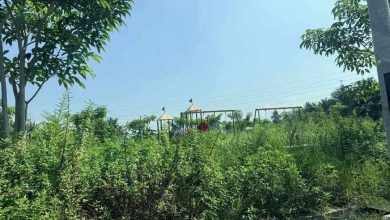The country’s oldest prehistoric man uncovered 24 years ago, Perak Man, finally returns home to Lenggong Valley, and was opened for public viewing effective Saturday, February 20.
The homecoming ceremony was officiated by Tourism and Culture Minister Datuk Seri Mohamed Nazri Abdul Aziz. “Today is a historical day for all of us and especially me because I come from Lenggong Valley.”
The skeletal remains of Perak Man may have been exposed to the elements for almost 24 years, but the high level of conservation by the National Heritage Department has kept the skeleton in perfect condition.
“The skeleton was placed in a conservation chamber and inspected twice a day through a computerised system to ensure that it was kept at a proper temperature and humidity level to prevent fungal growth on the bones,” said Nazri.
He added, “I am pleased to announce that the National Heritage Department has successfully prepared the Lenggong Valley Conservation Management Plan within the required time frame and has submitted it to UNESCO.”
Lenggong Valley can be said to be the earliest capital in the country, as no where else have people been found to live at that time. The Perak Man has a malformed left hand. Since the discovery 24 years ago, no other prehistoric skeleton with genetic defects was found in the world.
The return of Perak Man to Lenggong Valley will, undoubtedly, turn Lenggong Valley Archaeological Gallery into a major tourist attraction, both domestic and international.
Lenggong Valley was listed by UNESCO as a World Heritage site on June 30, 2012, making it the 953rd site to be included. It is the 4th site in Malaysia to be accorded this status after Malacca City, George Town, Kinabalu National Park and Mulu National Park.
RM


